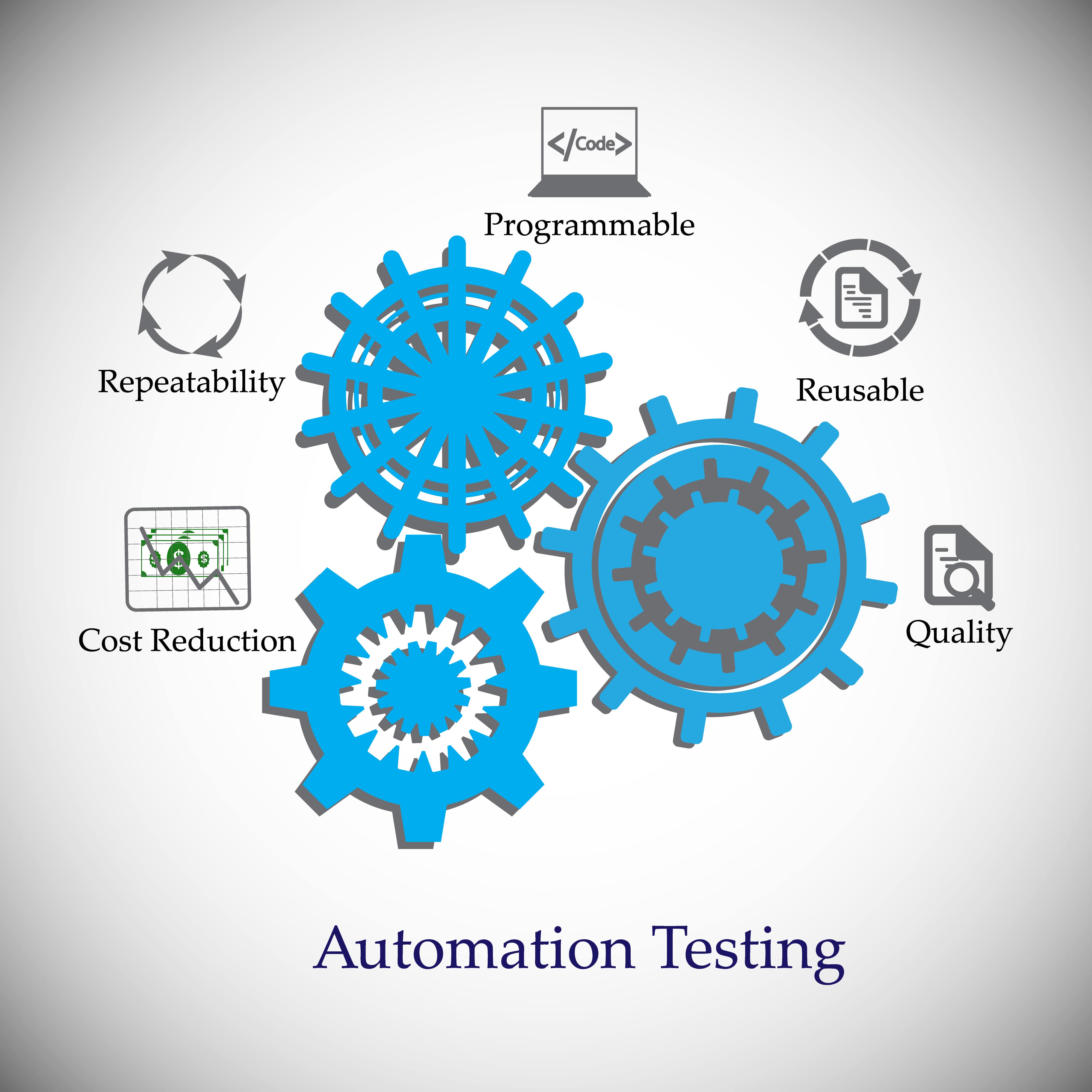From Handbook to Automated Testing: A Comprehensive Overview to Transitioning Efficiently and Efficiently
In the realm of software application testing, the change from manual to automated processes has become a significantly important change for organizations looking for to boost efficiency and precision in their screening techniques. The journey from manual to automated testing is not without its obstacles, yet when approached purposefully and with a clear strategy in mind, the benefits can be substantial.
Advantages of Automated Examining
Automated screening uses countless advantages, enhancing performance and accuracy in software advancement processes. One primary advantage is the considerable reduction in testing time. Automated examinations can be run concurrently on numerous devices and running systems, considerably quickening the screening stage compared to manual screening. This boosted efficiency permits faster comments on the high quality of the software, enabling programmers to determine and resolve concerns promptly.
Furthermore, automated screening ensures a greater degree of accuracy in finding flaws. Consistency in testing is likewise improved, as automated examinations perform the exact same steps exactly each time they are run.
Selecting the Right Devices

Firstly, assess your requirements and objectives. Understand the scope of your project, the technologies included, and the skill collection of your team. This evaluation will aid you determine the capabilities and attributes you call for in your testing tools.
Second of all, think about the compatibility of the devices with your existing systems and procedures. Smooth combination with your present software application advancement lifecycle is important to make certain a smooth shift to automation.
Additionally, examine the scalability and adaptability of the devices. As your testing requires develop, the tools must have the ability to adjust and suit modifications successfully.
Finally, consider the support and neighborhood around the devices. Durable assistance and an active individual community can supply useful resources and support when applying automated screening. By meticulously considering these facets, you can pick the right devices that straighten with your needs and established the stage for a successful shift to automated testing.
Creating Effective Test Scripts

When crafting test manuscripts, it is vital to take into consideration the particular requirements of the software application being checked and make certain that the manuscripts resolve all crucial functionalities. Detailed and clear naming conventions for examination scripts and test situations can boost readability and maintainability. Additionally, including error handling systems within the test manuscripts can aid in identifying and resolving concerns immediately.
In addition, organizing test manuscripts into modular parts can enhance reusability and scalability, decreasing redundancy and improving efficiency in test manuscript maintenance. Regular evaluations and updates to examine scripts are vital to keep pace with progressing software demands and capabilities. read more By following these principles, testers can develop efficient and durable test scripts that contribute substantially to the success of automated screening processes.
Integrating Automation Into Workflows
Efficient combination of automation tools right into existing workflows boosts and improves procedures productivity within software advancement cycles. When incorporating automation into process, it is important to recognize repetitive jobs that can be automated to conserve time and decrease human mistake. By seamlessly incorporating automated screening tools like Selenium or Appium into the software Learn More program advancement lifecycle, teams can attain faster responses on code changes, leading to quicker bug detection and resolution. This integration permits for continual screening throughout the advancement process, making sure that any problems are identified early on, causing higher software program top quality. In addition, automation can be utilized to activate examinations immediately after each code commit, giving prompt recognition and maximizing testers to concentrate on even more complex scenarios. Correct integration of automation devices needs partnership in between development, testing, and operations groups to develop a unified process that enhances performance and efficiency in delivering top quality software.
Guaranteeing a Smooth Shift
Effectively transitioning to automated screening includes meticulous preparation and mindful implementation to make the most of and reduce disturbances efficiency in the software application development procedure - automation testing. To make sure a smooth change, it is vital to begin by carrying out a thorough assessment of the present screening processes and determining areas where automation can bring one of the most considerable benefits. Engaging with all stakeholders early in the procedure, consisting of programmers, testers, and project supervisors, is important for gathering assistance and buy-in for the automation campaign
Communication is key throughout this shift stage. Clear interaction of the goals, advantages, and expectations of automated testing helps to handle any resistance or problems that might occur. In addition, giving adequate training and sources for employee to upskill in automation devices and strategies is important for making sure a successful transition.

Conclusion
To conclude, transitioning from guidebook to automated testing offers many advantages, consisting of boosted performance and integrity. By choosing the proper tools, composing effective test manuscripts, and integrating automation seamlessly right into operations, companies can guarantee a successful and smooth shift. It is important to embrace automation as a beneficial asset in software program screening processes to improve overall top quality and productivity.
In the realm of software application testing, the change from guidebook to automated procedures has actually come to be an increasingly essential change for companies looking for to boost efficiency and accuracy in their screening methods. Automated tests can be run at the same time on multiple devices and running systems, dramatically speeding up the screening phase compared to hand-operated screening. Consistency in screening is likewise improved, as automated tests implement the very same steps specifically each time they are run.To make certain the effective application of picked screening devices, the development of reliable examination manuscripts plays a vital function in validating the performance and efficiency of automated processes - automation testing. By adhering to these principles, testers can create reliable and robust examination scripts that contribute significantly to the success of automated screening procedures
Comments on “Exactly How Automation Testing Transforms Quality Control Processes”